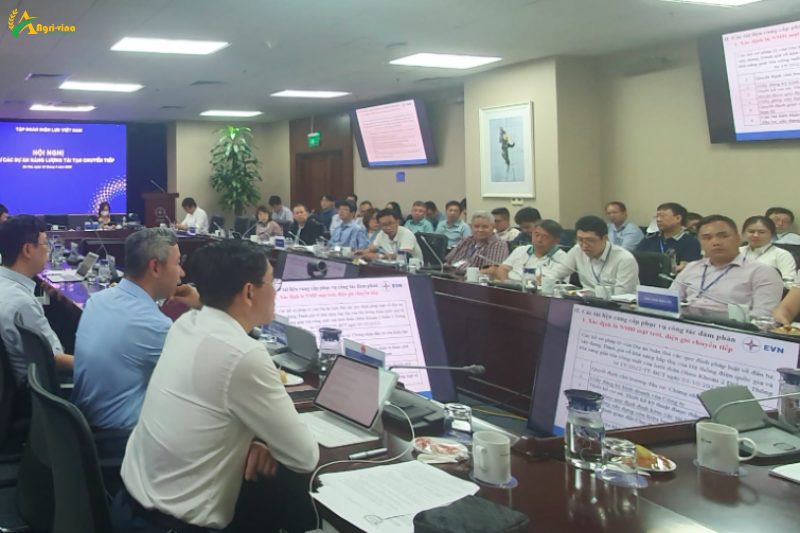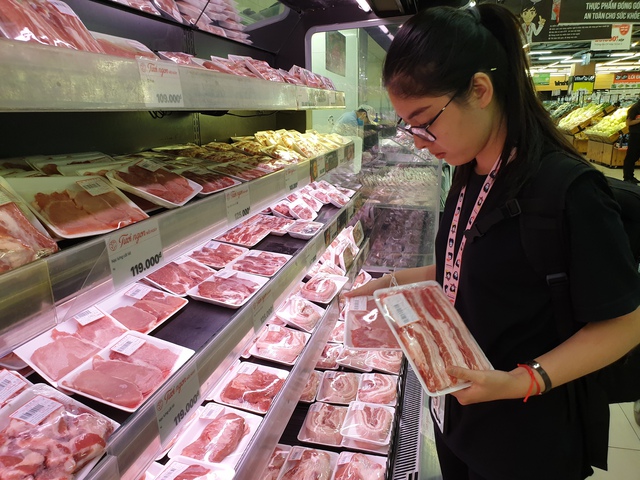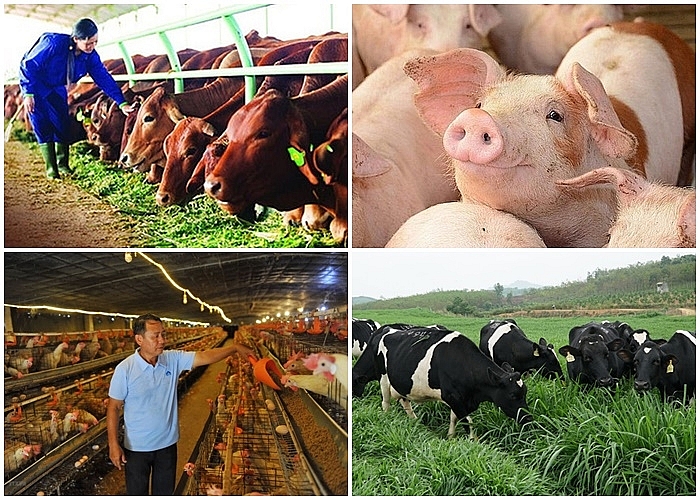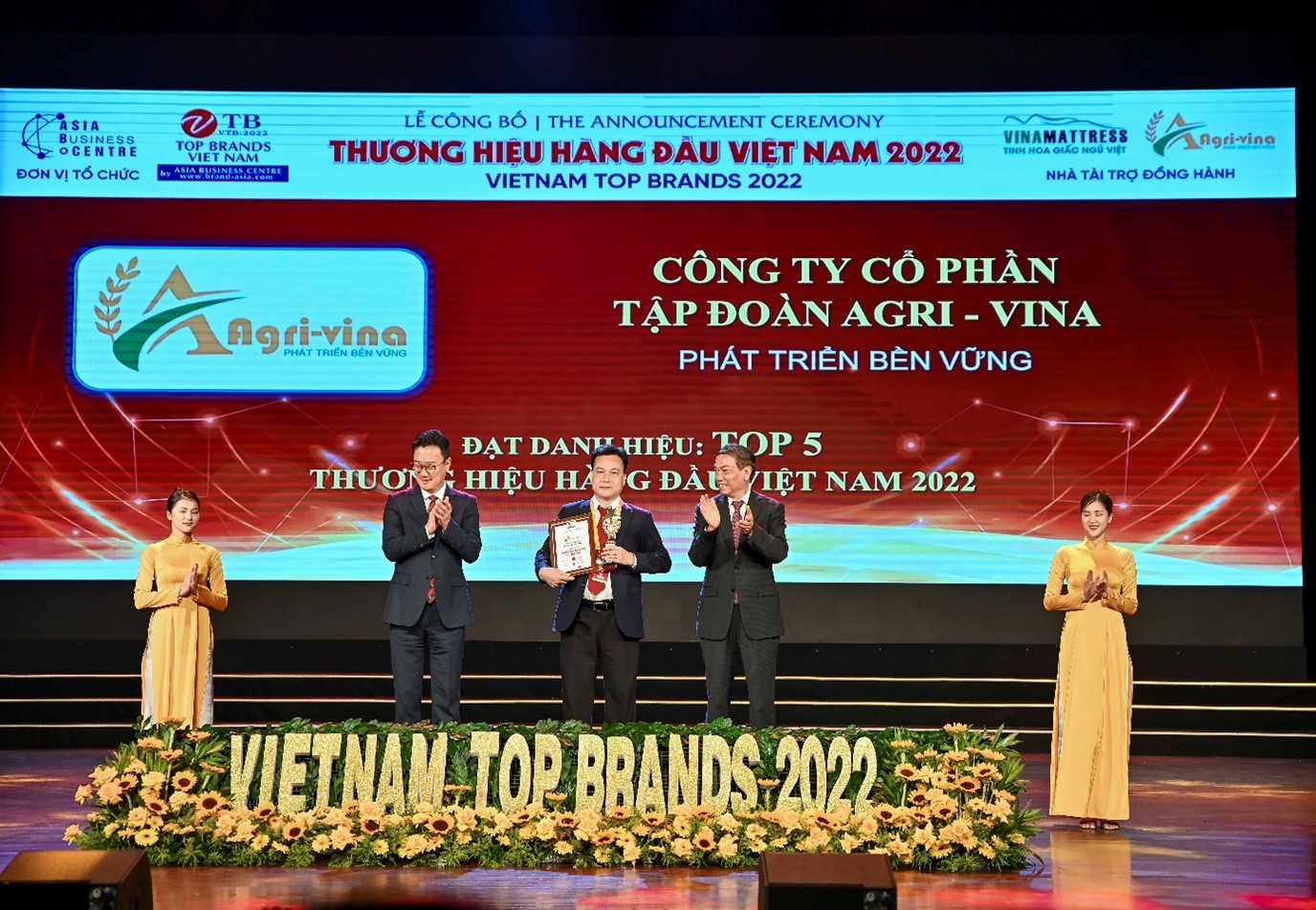- agrivina999@gmail.com
- No. 152 Thuy Khue, Tay Ho District, Hanoi City, Vietnam
News
Pig industry: The picture in the next 10 years?
Pig farming accounts for about 60% of the value of Vietnam's livestock industry. The last "Swine Price Storm" in 2017 was a fierce purification of the market. Realizing the current status, challenges and prospects is essential to "paint" a picture with bright colors for the pig industry in the coming time.
According to data released by the Department of Livestock Production in October 2017, our country has a pig herd of about 29 million heads, ranking first in ASEAN, second in Asia, and in the top 15 countries with the largest pig herd in the world. Pig herd growth rate; period 2007 - 2017 reached 0.91%/year. Pork production in 2016 reached a record with 3.36 tons, up 5% compared to 2015 and ranked 7th in the world after China, USA, Germany, Spain, Brazil and Russia. Currently, it is estimated that there are 3 million pig breeding facilities across the country and about 500,000 households willing to participate in raising pigs when the price is high. In the period 2012 - 2017, the number of pig farms in households is estimated to decrease by 5 - 6% per year. Pigs raised in the direction of goods account for 75% of the livestock production facilities. The percentage of livestock establishments using industrial bran is estimated at 70%. However, Vietnam's pig production is low, only 17-24 weaners/sow/year.
Modern technologies have been transferred and Vietnamese farmers have good access. The favorable investment environment is specifically the State's policy that has encouraged businesses, organizations and individuals to invest in the livestock industry (tax incentives). Vietnam's FDI enterprises from zero have now become powerful livestock empires. In addition, the State is reducing sub-licenses, modernizing and computerizing administrative procedures, supporting enterprises to invest in pig raising, slaughtering and processing.
The picture of pig farming in the next 10 years…
Industry experts have pointed out 8 main difficulties of livestock production in general as well as pig production in particular, which are:
Market production still lacks connection and overall management, many intermediate stages, production costs are still high;
Infectious diseases are difficult to control, especially blue ear disease and FMD;
Industry restructuring is still low, changing slowly, and investment accumulation is low;
Slaughter and processing have not been well managed and planned;
Production organization is still weak, reducing the competitiveness of products;
Support policies are not synchronized, difficult to come to life;
The institution is incomplete and has problems related to land, credit, insurance,...;
Chain-linked cooperation is still undefined, fragmented, not closely linked, etc.
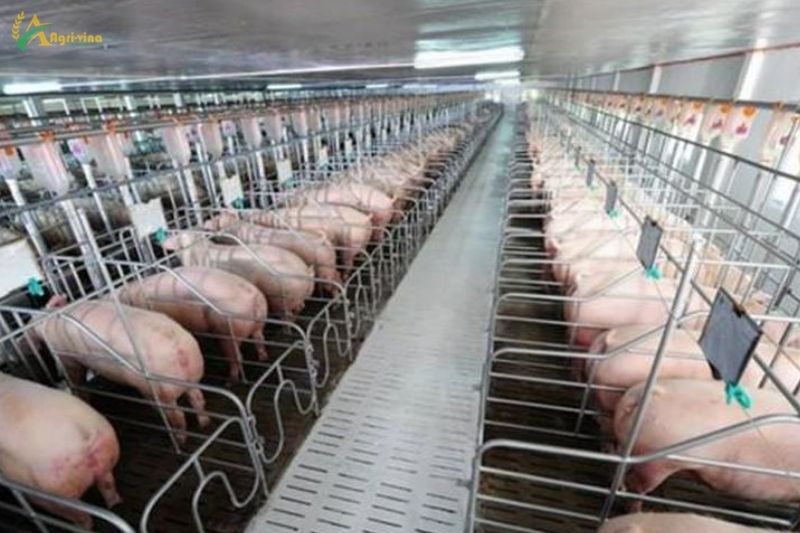
Pig farming according to the farm model is being promoted in recent years
From the above existing difficulties, for the livestock industry to develop and be sustainable. In the next 10 years, the picture of the livestock industry will be shaped towards:
First, the number of large farms increased. By 2027, pork production in farms is estimated to account for over 70%
Second, small-scale livestock production decreased sharply (5-7%/year), equivalent to less than 30% of pork production in households.
Third, pig farming is mainly a "game" of businesses and "professional" breeders.
Challenges to overcome
In general, our country's pig farming industry has many advantages, specifically, human resources in the industry have tradition and experience in pig raising, Vietnamese farmers are very hardworking, industrious and smart; Businesses are very dynamic. However, according to experts, in the next 10 years, the pig industry will face great challenges due to increasing competition. Vietnamese pork is not only competed by pork from the US, Denmark, Brazil, the Netherlands but also China and Russia; raising costs is high and it is difficult to control the environment. Besides, the competition for products outside the industry (poultry, seafood, beef,...) may slow down the demand for pork.
To overcome these challenges, it is necessary to have core solutions such as the need for the state to develop an overall management strategy for the livestock industry. Organizing and planning production in association with the market. Organize good disease management, slaughter, food safety and hygiene, etc. Besides, businesses and breeders need to start building chain cooperation; apply science and technology on breeds, feed, and barn technology to lower product costs, improve meat quality, and increase product competitiveness. Invest in slaughter and deep meat processing, seek to expand consumption and export markets, etc.
By: Vietnam Livestock Magazine




